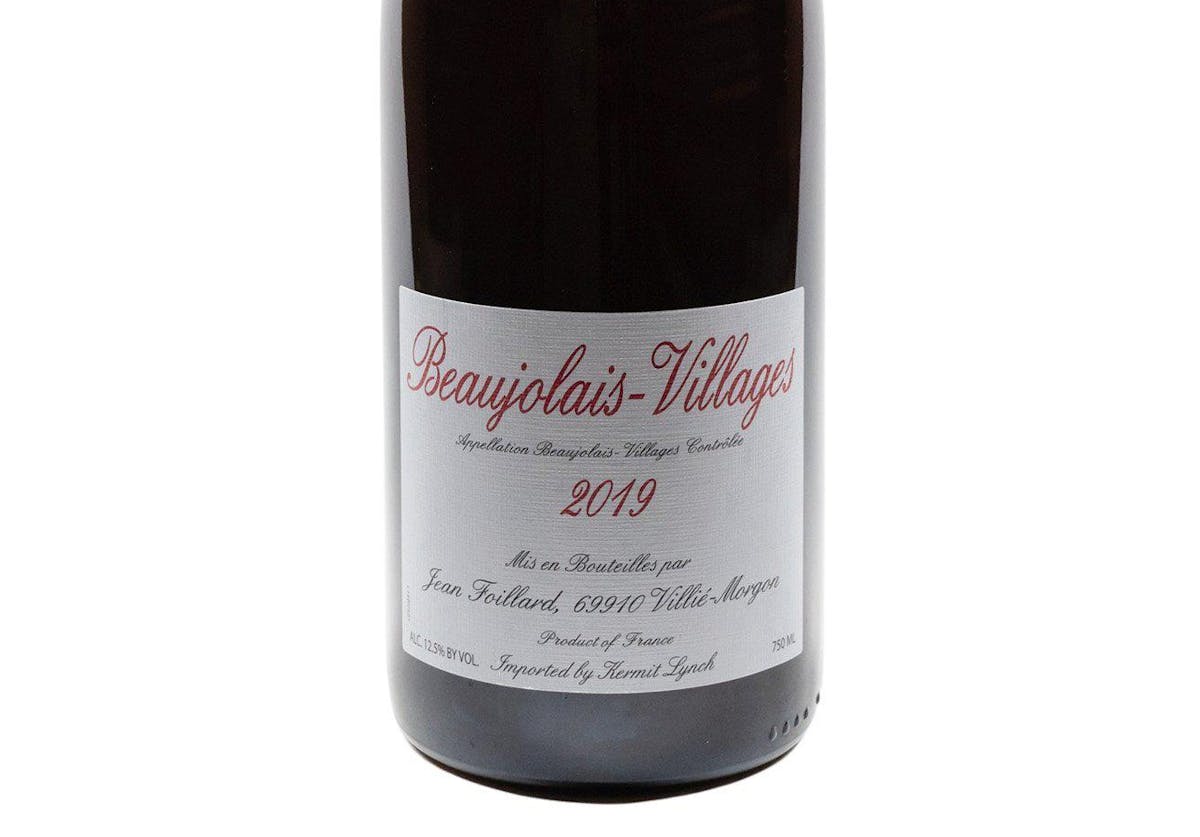Why Don’t Labels Give Clues to How Wines Taste?
For now we will have to taste broadly or guess what each grape tastes like in each unique place.

France and many of Europe’s other Old World countries label wines with their locations of origin rather than the grape or grapes in the bottle. Here in the U.S. and in most “new world” countries, we bottle our wines by varietal, or the grape variety used. This has understandably led to some confusion on the part of American wine drinkers: Why two different systems?
Labels are meant to help one glean important information about what to expect inside any given package. For wine, there are legal requirements that differ by country, with some of the most important points being the name of the wine, who made it, where the grapes come from, if they were all grown in a particular vintage, how much alcohol by volume the bottle contains, and sulphite or allergy warnings.
Notice what isn’t included on that list: what the wine tastes like.
Wine labels are marketing tools, to help sales. It would be very helpful if customers knew how a wine tastes before making a purchase. Producers are allowed to add that sort of information, but wine descriptors tend to be subjective. Strawberry taste to me might be cherry to you.
This is where the French model can really come in handy. They believe in the notion of terroir, meaning wine should taste like the place it comes from. Land isn’t meant to change, but people, tastes, culture, and grape varieties certainly do.
In fact, grape varieties have changed drastically over the centuries. Until relatively recently most vineyards were planted as field blends, with any number of varieties, red and white, scattered throughout. The effect was two-fold: One, for adding complexity with the various character traits. Two, as a form of rudimentary crop insurance.
If some of the varieties were resistant to drought or frost, then chances were at the end of a growing season, even with inclement weather challenges, you could still make wine. Still, no matter what grapes are in the finished wine, it should taste of its place.
Furthermore, vignerons, the word for “wine growers” in French, have had thousands of years to marry grapes to site for the best possible wine quality. These recipes have become tradition that eventually were codified into wine law, like Gamay being the only grape allowed in a bottle of red Beaujolais. This allows for an even more consistent experience from each named region. So while each red Beaujolais will have its own nuances, the overarching style tends to be easy drinking with red fruit, a medium to light body, moderately high acidity, and low, soft, and silky tannins.
In new world countries we don’t have the benefit of experience and therefore rely mainly on the characteristics of grapes to communicate what a wine in a bottle tastes like. Yet we do have the benefit of experimentation.
A single wine region like Napa Valley has tens of different grapes planted there, each producing wines of varying quality levels. No one style has taken precedence, and so we have to talk about the grape over the place. That being said, anyone who has had Sauvignon Blanc from Marlborough, New Zealand, knows it tastes very different from one made in Napa Valley, so even a relatively novice wine drinker can appreciate the importance of site.
There is little chance of any new world region adopting the mentality of only producing one style of wine per place and applying the Old World labeling convention. For now we will have to taste broadly or guess what each grape tastes like in each unique place. In contrast, the European model, where climate, soils, and winemaking traditions produce consistently styled wine no matter the grape variety used, gives the drinker a glimpse into what they can expect before they ever pop the cork.

